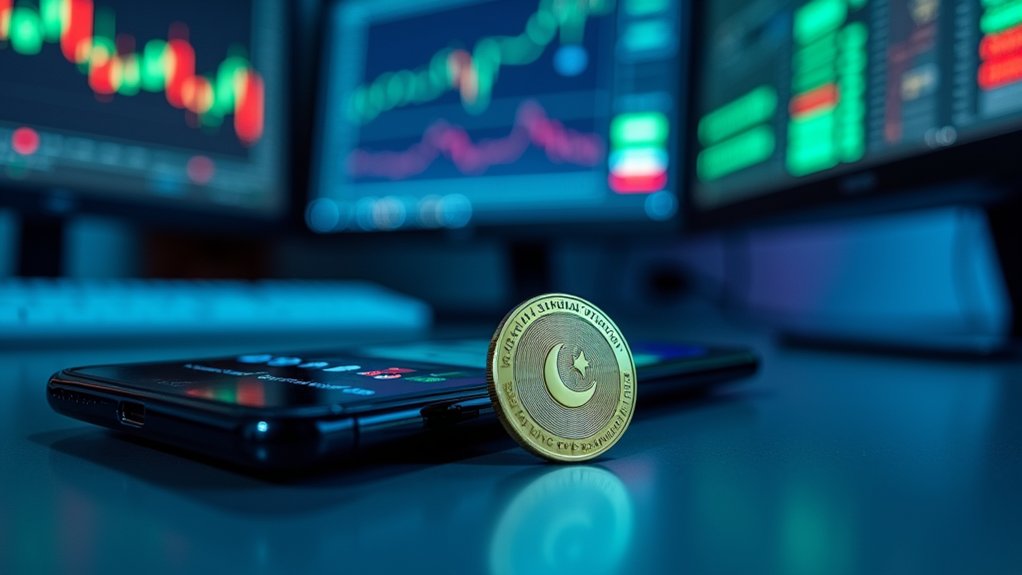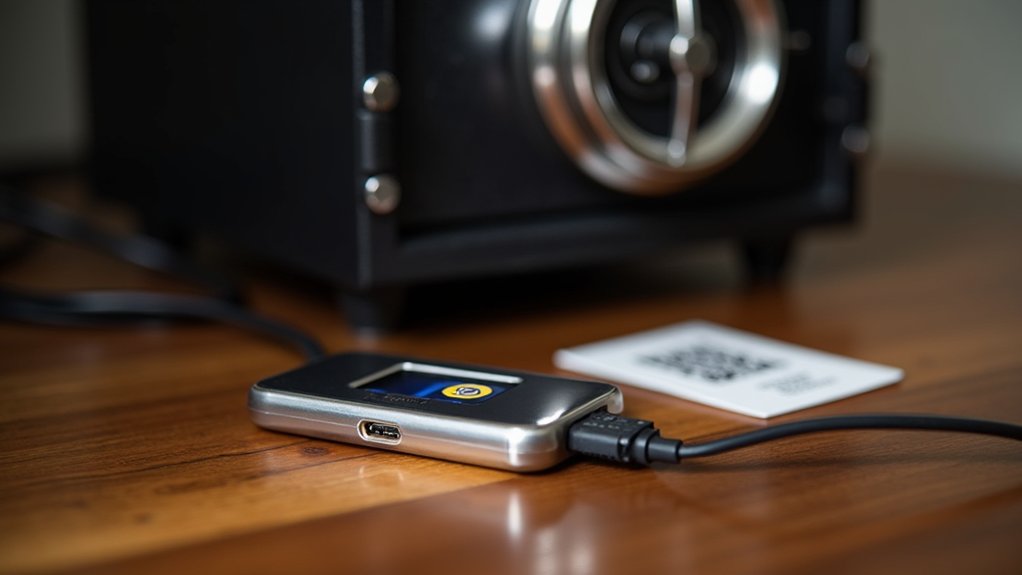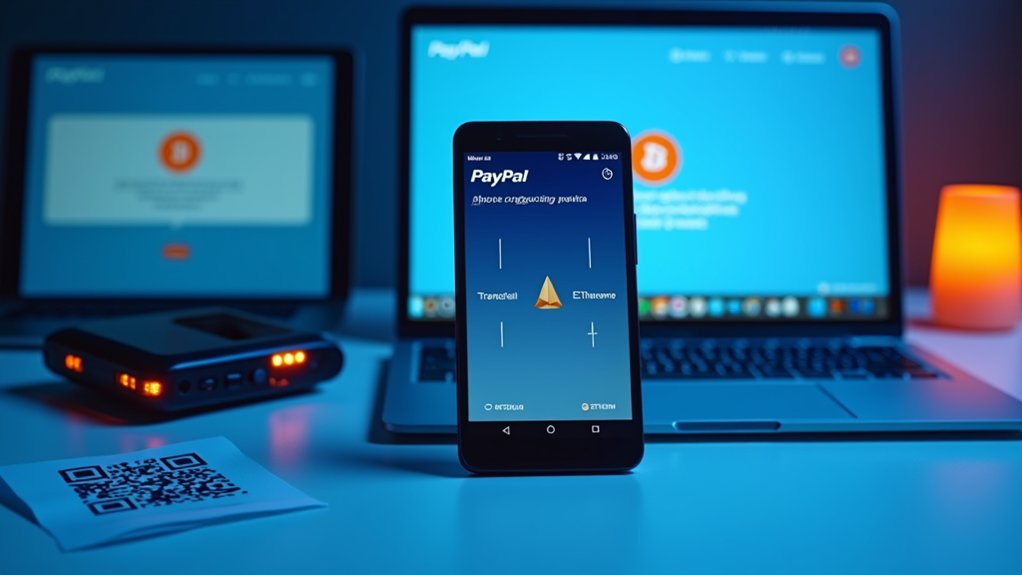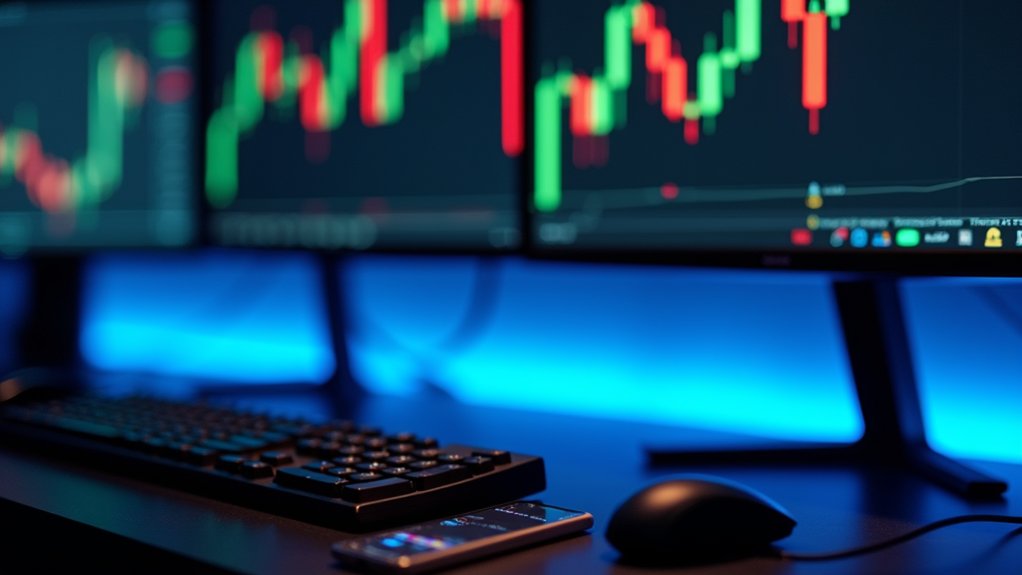Purchasing Sandbox (SAND) tokens requires creating an account on cryptocurrency exchanges like Coinbase, Kraken, or Uphold. After completing KYC verification with identification documents, users connect payment methods like bank transfers (1-4% fees) or cryptocurrency wallets. Market orders execute immediately at current rates (approximately CA$0.41), while limit orders wait for specific price points. For security, investors should consider transferring acquired tokens to external wallets like MetaMask or hardware devices. Further exploration reveals additional strategies for optimizing acquisition costs.

When investors seek to participate in the metaverse economy, purchasing SAND tokens—the native cryptocurrency of The Sandbox platform—represents a strategic entry point into this burgeoning digital ecosystem. The acquisition process typically begins with establishing accounts on reputable cryptocurrency exchanges like Kraken, Coinbase, or Uphold, where prospective buyers must complete Know Your Customer (KYC) verification protocols by submitting identification documents and proof of address through secure channels before gaining trading privileges.
Following account verification, users must connect preferred payment methods to their exchange accounts, with options ranging from traditional banking channels to cryptocurrency wallets, each carrying distinct fee structures and processing timeframes. Bank transfers, while offering lower transaction fees compared to the 1-4% often assessed on debit or credit card transactions, require longer processing periods, whereas cryptocurrency deposits enable immediate trading capabilities for those already holding digital assets.
When ready to execute a purchase, traders can select between market orders, which execute immediately at current market rates, or limit orders, which execute only when SAND reaches a predetermined price threshold, providing cost control in volatile market conditions. Most exchanges offer SAND paired with stablecoins like USDT or fiat currencies like USD, with current technical indicators showing 6 bullish signals against 25 bearish signals according to market analysis platforms like CoinCodex. Current price data indicates that investing $10,000 would yield approximately 34,604 SAND tokens at the present rate of $0.288983.
Market volatility demands strategic SAND acquisition—choose market orders for immediacy or limit orders for price control in this bearish-leaning landscape.
Post-acquisition storage considerations merit careful attention, since exchange wallets offer convenience for active traders but present vulnerability to platform security breaches. For enhanced security, particularly for long-term holdings, investors frequently transfer SAND tokens to external wallets like MetaMask or hardware solutions like Ledger or Trezor, which provide offline storage capabilities protected by robust encryption protocols and two-factor authentication.
Fee structures vary considerably across platforms, with some exchanges implementing percentage-based models while others, like Uphold, advertise zero-fee deposits and withdrawals but generate revenue through trading spreads. The current market price of one SAND token is approximately CA$0.41 according to Coinbase's latest listing.
Prudent investors conduct thorough platform comparisons before initiating transactions, examining not only fee schedules but also liquidity metrics, with approximately 902,000 SAND traded daily on Kraken alone.
Frequently Asked Questions
What Is the Minimum Amount Required to Invest in Sandbox?
The minimum investment requirement for Sandbox varies across cryptocurrency exchanges, with Kraken setting a relatively accessible entry point at $10 worth of tokens.
Other platforms, however, may impose higher thresholds, with some requiring initial investments of at least $100.
These varying requirements stem from each exchange's fee structures, operational policies, and market considerations, necessitating that potential investors compare multiple platforms before determining their ideal entry point into Sandbox investments.
Can I Stake SAND Tokens for Passive Income?
Yes, investors can stake SAND tokens for passive income through multiple programs offered on the Polygon network.
The Standard Staking Program distributes weekly rewards on a pro-rata basis, with approximately 500,000 SAND allocated weekly across participants.
LAND owners benefit from a dedicated staking option introduced in Q3 2022, while liquidity providers receive additional incentives.
All participants must complete KYC verification for new deposits and claiming rewards, with gasless transactions available via Biconomy after initial bridging costs.
How Volatile Is Sandbox Compared to Bitcoin and Ethereum?
Sandbox (SAND) exhibits markedly higher volatility than Bitcoin and Ethereum, with 9-day historic volatility reaching 72.18% versus the established cryptocurrencies' lower double-digit ranges.
The metaverse token's 100-day volatility of 156.35% and steep 50-day decline of -55.29% demonstrate its propensity for sharper price swings.
This elevated volatility stems from SAND's sensitivity to platform adoption metrics, Ethereum dependency, NFT utility interactions, and gaming sector vulnerabilities, contrasting with Bitcoin's more moderate fluctuation patterns.
Which Wallets Are Best for Storing SAND Tokens Securely?
For secure storage of SAND tokens, investors typically prioritize hardware wallets like Ledger and Trezor for long-term holdings due to their air-gap isolation from potential online vulnerabilities.
MetaMask offers convenience for frequent transactions, while Zengo provides innovative security through facial recognition and multiparty computation without traditional seed phrases.
Bit2Me presents a hybrid solution, integrating cold wallet security with operational flexibility, allowing users to manage SAND alongside multiple currencies with threshold signature protection.
When Is the Best Time to Buy Sandbox Crypto?
Ideal entry points for SAND typically emerge during Thursday trading sessions, which historically demonstrate positive performance patterns, and during mid-November (week 44), when seasonal strength materializes.
Technical indicators suggest purchasing near established support levels of $0.30 and $0.22, particularly when RSI readings approach oversold territory (currently 39.80).
Investors might also consider accumulating during Q1, which statistically outperforms other quarters, while maintaining awareness of the prevailing bearish sentiment (Fear/Greed Index: 30) in a potential contrarian opportunity.









